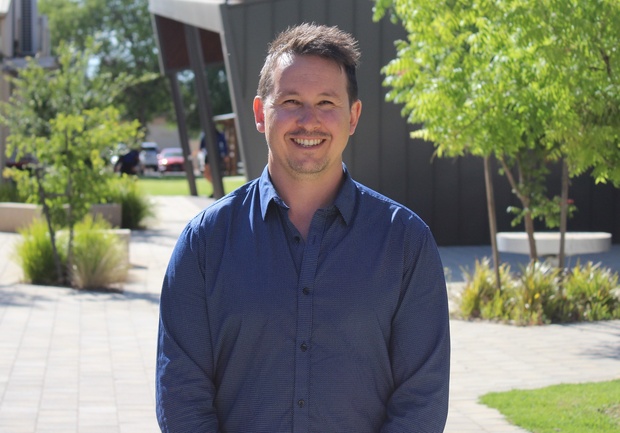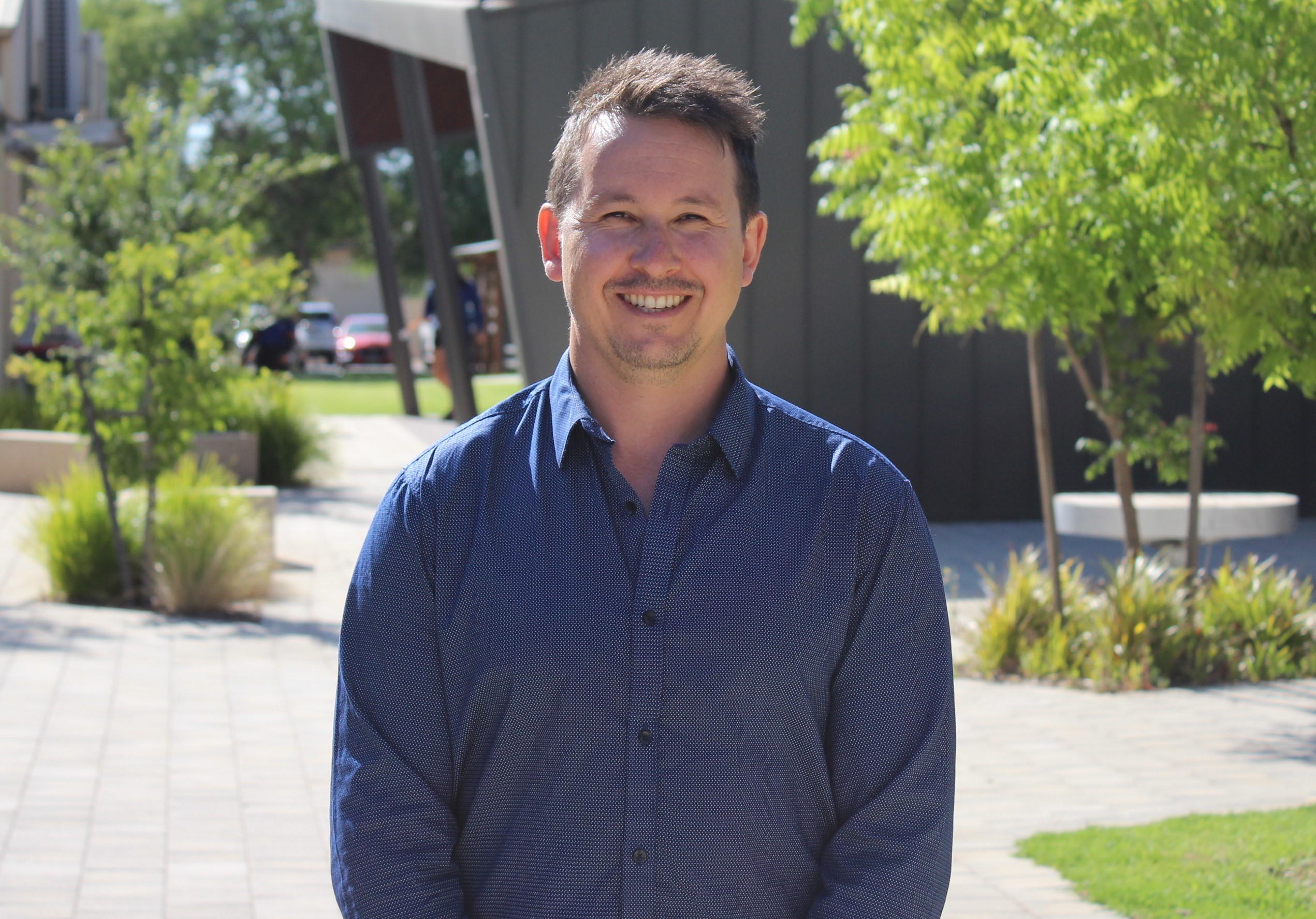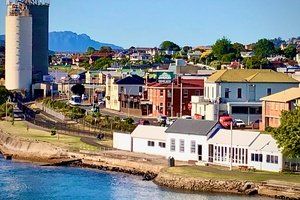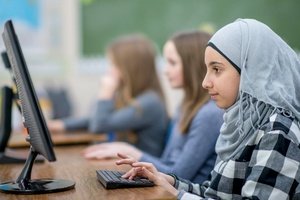The Every Child, Every Opportunity report, produced by not-for-profit organisation Schools Plus, revealed that children’s wellbeing has become schools’ highest priority since 2020, following a series of natural disasters and the beginning of the COVID pandemic.
Significantly, the report also revealed that demand for support for wellbeing-focused initiatives grew from 31 per cent of applications in 2018 to 48 per cent in 2023.
Demand for teacher development is also high, with 71 per cent of wellbeing-focused applications in 2023 identifying professional development for teachers as the best strategy to better support children’s wellbeing.
This is driven by the fact that 53 per cent of teachers stated they don’t feel well-equipped to deal with wellbeing and mental health issues.
Putting talk into action
Back in 2022, South Australian principal Clint Ridgway recognised that his region’s devastating (River Murray) flood event, along with the pandemic, had seriously impacted the mental health of staff and students at his Berri Regional Secondary College, and so rapidly sprang into action by establishing a Wellbeing Hub.
“With the flood itself, our community was impacted by a lack of access to surrounding towns, and not being able to cross the river in some areas, which meant extra travel, for our staff, students and families … [but also] some families were impacted by the loss of their homes due to the floods,” Ridgway tells EducationHQ.
His team noticed an increase in the use of social media, AI and online gaming, due largely to a combination of this and the pandemic – all factors, he says, that can impact the wellbeing of communities.
“At the same time we saw a significant decline in attendance, and more spasmodic attendance trends, … we saw an increase in anti-social behaviours, and low resilience of students coming into our school, we saw increased anxiety levels, and students really struggling to connect, personally and socially – and a real lack of connection to the school and local community,” Ridgway explains.
Situated three hours north-east of Adelaide, and established as a consolidated campus in 2022 when Year 7 students were included in SA high schools, Berri RSC was already a trauma-informed school.
Ridgway and his staff had some ‘really strong conversations’ at the time about how to optimise the resources they already had, but also how they might partner with other agencies, such as Schools Plus, to provide immediate support for students on a day to day basis.
Wellbeing front and centre
The idea for a Wellbeing Hub quickly took shape – complete with a ‘Doctor on Campus’ program that offers on-site medical and psychological services for students, and improved access to healthcare for families who otherwise might not be able to afford it.
“It’s really about providing immediate support for our students that present at school with poor wellbeing,” Ridgway explains.
“This could be things like medical attention, but it could also mean for students who are anxious or hungry, angry, they could be upset or tired – they’re the signs we’re looking for around poor wellbeing.”
The funds provided by Schools Plus have greatly contributed to the part-time deployment of a psychologist to the school.

The innovative approach at Berri Regional Secondary College has garnered nationwide interest, highlighting the successful collaboration between the school and the community in creating positive post-school pathways for all students.
“We struggle sometimes in country areas to get experts like this, especially for our young people, to get to an appointment that’s not on site can be really hard, like – we’re three hours from Adelaide here, so that’s a six-hour round trip, it means the parents would need to travel, potentially take time off work, and usually, there’s a long waiting list.
"So what we’ve been able to do is employ a psychologist to travel down from Adelaide one day a week and meet our students on site.”
The funding has also meant that existing resources could be moved around and utilised more effectively.
“So we had a space in our school where we had practitioners coming on site – a GP, psychologists and social workers – but then we employed more youth workers, and our leaders of wellbeing and assistant principals, have now based themselves out of the Wellbeing Hub,” Ridgway expands.
In real terms, it has meant that the school leader and his team could then go deeper and support their kids in real time.
“We looked at our data and their trends, and so we ran things like breakfast programs, mentoring programs, social emotional skill building intervention programs, things like one-on-one case management for those that needed it,” he says.
“And even other things like transport or home visits, especially around those spasmodic attendance trends, we saw.”
Staff and students on front foot
Ridgway says student attendance has definitely increased.
“Getting them outside of the classroom and involved in the community, obviously, has also been one of the major areas of strength, because what that’s done is provided our young people opportunities of self-worth and giving back to the community, while also gaining a lot of skills and knowledge through their learning experience.”
The students have displayed a noticeable increase in their sense of belonging to their local community, too, and a strong sense of self-worth and ability to engage in learning, the principal says.
“So we’re actually providing the strategies or the support they need, so they can get into a classroom and engage in their academic learning.”
“… obviously, we continue to upskill our staff to support but knowing that we’ve got these processes in place, and these experts within the school that can support us in real time and support the student in real time, provides the staff a level of comfort and the ability then to really hone in on contextualising that learning and finding that authentic learning opportunity that gets students wanting to be in the classroom and wanting to learn.”
Ridgway says in terms of teacher retention and attracting more to his region in a time when shortages are biting more in regional, rural and remote areas than anywhere, he’s doing what he can.
“We put a lot of time and effort into sharing positive cultural acts and we call them ‘acts of kindness’, within our staff ranks and have weekly scheduled time for afternoon teas to sit, talk, have a laugh,” he says.
“We value that time, which then brings back more people to our region, more people to our school, and really provides that whole community positive culture that we’re after.”















